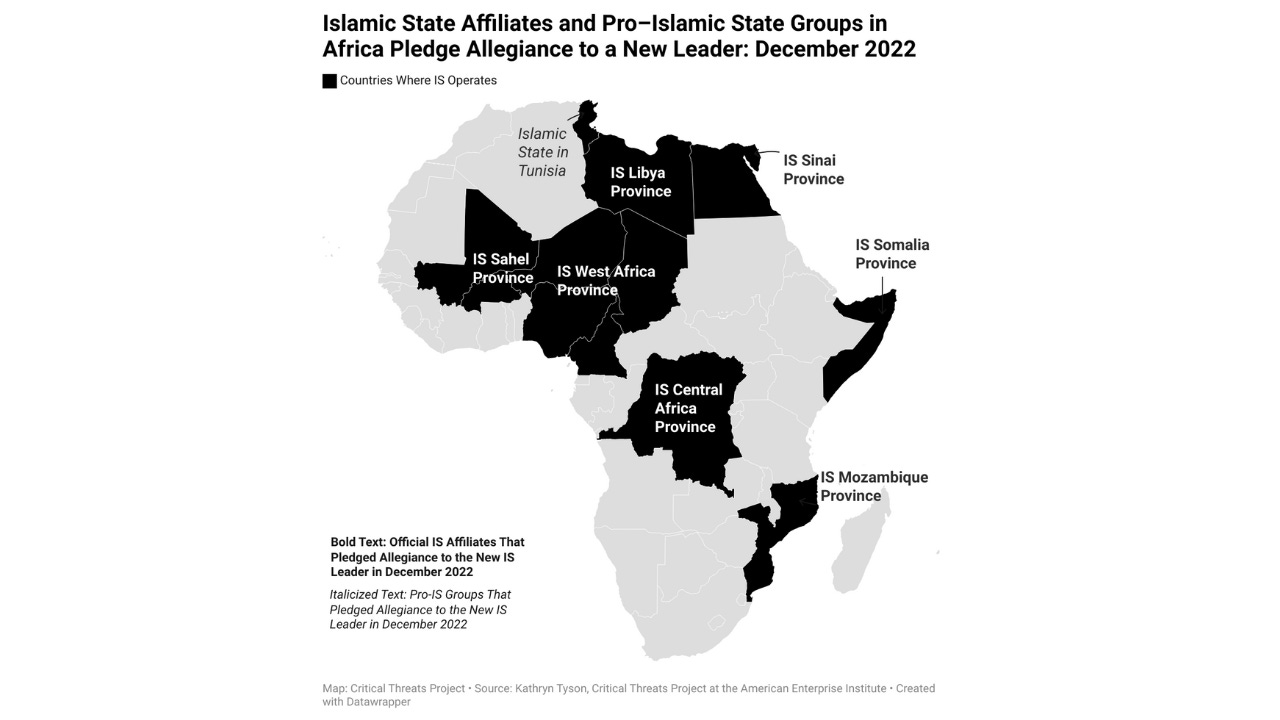The Growing Threat of IS Expansion in Africa: What to Expect in 2025
Africa’s geopolitical landscape has undergone significant changes over the past decade, driven by internal conflicts, weak governance, socio-economic challenges, and external influences. Among the most concerning developments has been the rise of violent extremist organizations, with the Islamic State (IS) exploiting the vulnerabilities of various African states to expand its operations. As 2025 unfolds, the potential for IS to further entrench itself in Africa presents a critical security challenge, not just for the continent but for the international community at large. This article explores the dynamics enabling IS's expansion, evaluates regional vulnerabilities, and examines counterterrorism measures that could mitigate the threat.
Islamic State in Africa: A Historical Context
The Islamic State emerged in Africa primarily through its affiliates, beginning with groups such as Boko Haram in Nigeria, which pledged allegiance to IS in 2015, forming the Islamic State West Africa Province (ISWAP). Similarly, IS established footholds in North Africa, East Africa, and Central Africa through other factions. These include:
North Africa:
IS leveraged the collapse of governance in Libya following the fall of Muammar Gaddafi to establish a stronghold in the region.
East Africa:
In Somalia, IS developed a smaller but resilient network amidst the dominance of al-Shabaab.
Central Africa:
The Islamic State Central Africa Province (ISCAP) emerged from local insurgencies in the Democratic Republic of Congo (DRC) and Mozambique.
West Africa:
ISWAP’s operations span the Lake Chad Basin, destabilizing Nigeria, Niger, Chad, and Cameroon.
While IS has faced setbacks globally, Africa has emerged as a new frontier for its expansion, driven by the continent’s structural vulnerabilities.


